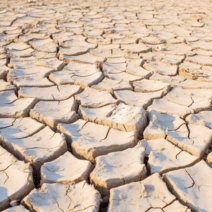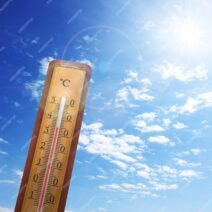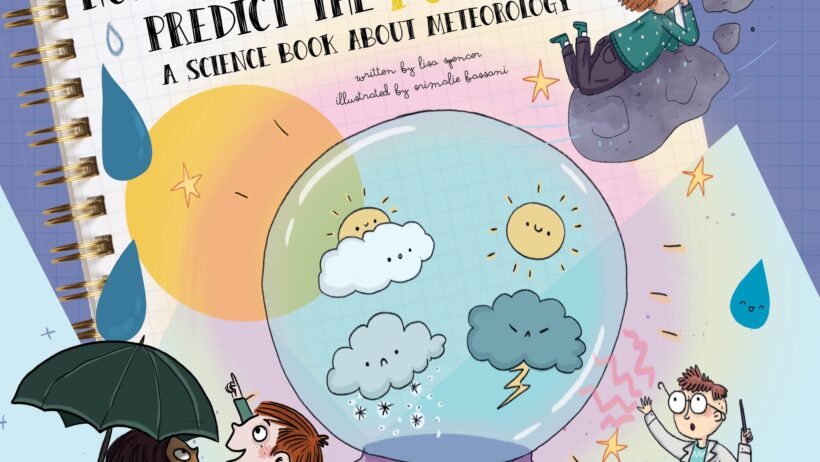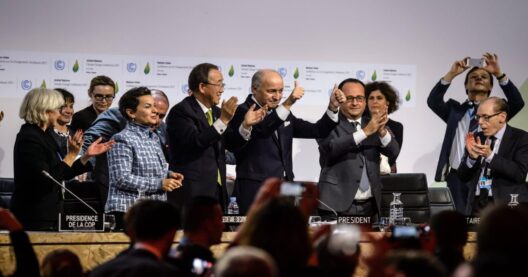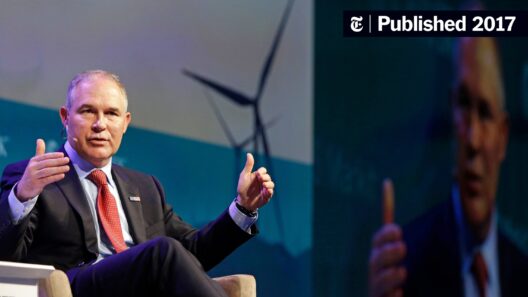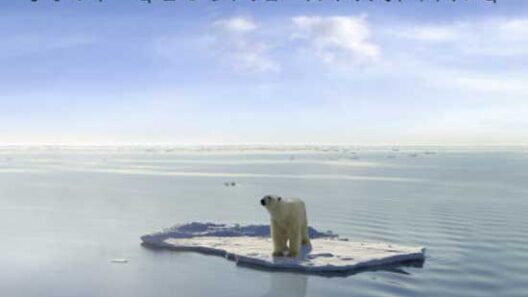Meteorologists play a pivotal role in disseminating information about global warming, embodying a complex amalgamation of science, communication, and environmental advocacy. Preparing talks on global warming involves much more than presenting data; it requires an understanding of the nuances of climate science, addressing public concerns, and integrating compelling narratives that resonate with diverse audiences.
When meteorologists embark on crafting their presentations, they often begin with a rigorous examination of current scientific data and findings. This exploration includes analyzing empirical evidence from satellite imagery, climate models, and long-term observational studies. They delve into atmospheric science, studying patterns of greenhouse gas emissions, oceanic changes, and temperature fluctuations. The quintessential goal is to distill complex scientific principles into digestible content for a lay audience.
One of the first types of content that meteorologists might incorporate is empirical data visualizations. Graphs, charts, and infographics are invaluable tools in this realm, as they enable audiences to visualize trends and changes over time. For example, a meteorologist may present a graph showing the increasing concentration of carbon dioxide in the atmosphere against the backdrop of rising global temperatures. Such a visual representation can elucidate the correlation between anthropogenic activities and environmental change, making it apparent to the audience. Furthermore, compelling visuals can evoke an emotional response, forging a deeper connection to the subject matter.
In addition to data visualization, storytelling is another crucial aspect of effective meteorological communication. Good stories are relatable and can transcend mere numbers. Meteorologists often weave personal anecdotes or case studies into their presentations. Consider a narrative that integrates the plight of a small coastal community facing rising sea levels, juxtaposed against the broader dialogue on climate adaptation strategies. Such storytelling not only emphasizes the tangible impacts of global warming but also personalizes the crisis, allowing audiences to empathize with those affected.
Moreover, meteorologists frequently incorporate historical context into their discussions. By tracing the evolution of climate science and the historical precedents of climatic events, they can provide perspective on current trends. For example, referring to severe weather events in the past, such as the Dust Bowl during the 1930s, can illustrate how climate shifts can lead to devastating social and economic consequences. This contextualization can galvanize audiences to appreciate the urgency of tackling climate change.
Another valuable content type is predictive modeling. Meteorologists often utilize computer simulations to predict future climate scenarios under various greenhouse gas emission trajectories. These models can illustrate both ‘business-as-usual’ scenarios and those involving aggressive mitigation measures. By showing potential futures, meteorologists can clarify that the choices society makes today will profoundly affect climate outcomes for generations to come. The uncertainty inherent in predictive modeling also serves as a catalyst for discussion about the importance of proactive and informed decision-making.
Engagement with interdisciplinary research is increasingly vital in meteorological talks about global warming. Effective meteorologists draw insights from various fields, including economics, sociology, and technology. Presenting economic analyses of climate policies, for instance, can help convey the financial benefits of transitioning to renewable energy sources. Similarly, discussions about technological innovations like carbon capture and storage can instill hope and inspire action. This interdisciplinary approach expands the conversation beyond traditional meteorological discourse and highlights the multifaceted nature of climate change solutions.
Furthermore, meteorologists often address the psychology of climate communication. Understanding cognitive biases and the misconceptions that often cloud public perception can help shape more equitable and effective communication strategies. For example, recognizing the phenomenon known as ‘doomism’—the belief that climate change is an insurmountable problem—allows meteorologists to strike a balance between painting a realistic picture of the challenges ahead and communicating actionable optimism. This nuance in messaging is key to fostering receptiveness and encouraging proactive behavior among audiences.
Question and answer sessions are also an integral part of meteorological presentations, offering a platform for audience engagement. These sessions not only clarify misconceptions but also foster a dialogic exchange of ideas. By actively addressing audience concerns, meteorologists can tailor their messaging to resonate more closely with specific communities. This interaction demonstrates a commitment to transparency and collaboration, traits that are essential in cultivating trust around climate discourse.
Accessibility is yet another cornerstone of communicating about global warming effectively. Meteorologists must be mindful of jargon and technical language that can alienate audiences. Employing layman’s terms where possible, while providing clear definitions when introducing complex concepts, ensures that the content is accessible to a broader demographic. Inclusive language invites participation from diverse groups, allowing for a richer dialogue on the multifaceted challenges posed by climate change.
In conclusion, the preparation of talks on global warming by meteorologists is a multifaceted endeavor that encompasses empirical analysis, storytelling, predictive modeling, interdisciplinary research, psychological insights, audience engagement, and accessibility. Through the fusion of these elements, meteorologists strive to not only inform but also inspire action against global warming. As climate impacts become increasingly dire, the role of the meteorologist as an educator, advocate, and communicator becomes ever more critical. It is through informed discussions and collaborative efforts that societies can navigate the complexities of climate change and emerge responsive to the challenges that lie ahead.
